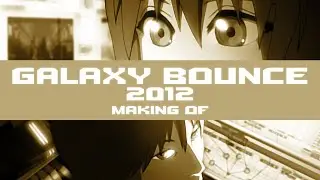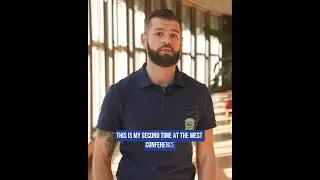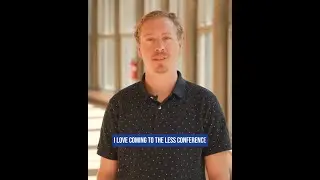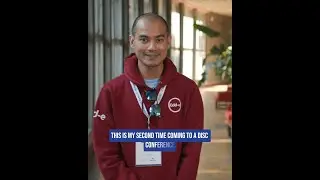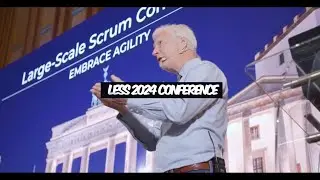Agile Transformation and the Elephant in the Room – Bjarte Bogsnes
Beyond Budgeting, born a few years before the Agile Manifesto, was developed as a challenge to traditional corporate management, and therefore it addresses the many issues early agile didn’t need to. Beyond Budgeting was about business agility long before the term appeared. It is the missing link in many agile transformations, and if left unaddressed, transformation success is highly unlikely. Nobody talks about “scaling” Beyond Budgeting because it comes scaled.
Although there are many similarities between the Beyond Budgeting principles and the Agile Manifesto, there are also some important differences. And there is an elephant in the room, a problem agile has been suffering from since its early days.The initial success of agile has resulted in a variety of scaling attempts, and a range of business agility frameworks.
Many large organizations are today on an agile transformation journey in some form or shape. This has come, however, with a few caveats. Due to its birthplace in software development and its focus on how teams work, a range of corporate management issues were left out of scope for early agile, for instance, but not limited to, budgeting. The fact that IT functions embraced agile did not solve the many fundamental conflicts between traditional corporate processes and agile. Although there have been complaints, little has happened.
Maybe because the annual budget was seen as something given, a law of business, unavoidable and untouchable. This is all wrong. There is no such law, and if this elephant isn’t addressed, any agile transformation will struggle.
Traditional budgeting is probably the most fundamental barrier there is to an agile transformation. Not just the annual budget and the budgeting process itself, but just as much the mindset behind it: people can’t be trusted, the future is predictable. These assumptions are the antithesis of agile. It doesn’t get more unagile.
The agile principle of continuous delivery of software functionality instead of big batch releases is a classic example of philosophy crash. An annual cost budget is a big batch of decisions and resources and not a continuous delivery of funds as needs appears
Bjarte Bogsnes has been a fan of agile since its early days. It has over the years done wonders for many organisations. He has, however, a recommendation and a few concerns. The Agile Manifesto needs an update. Although it has been surprisingly robust, given its birthplace, the concept is now applied way outside of its original scope. An update reflecting this would make the Manifesto more relevant and easier to understand and implement for the many without a background in software development. Now to Bjarte's concerns. Lately, the emergence of an agile industry has been seen. Bjarte sees so many actors in the community turning into commercial machines. Some even seem to enter only with this purpose in mind. Certification has become big business. It provokes him when he hears about expensive re-certifications being required every year. Also, some scaled agile implementation frameworks do, unfortunately, seem to have been developed simply to be acceptable to organisations that want to pretend they are agile but maintain top-down decision-making hierarchies. Agile theatre is a label Bjarte often hears, and does not understand why.
LeSS courses: https://less.works/courses/less-courses
LeSS supporting courses: https://less.works/courses/less-supporting...
LeSS homepage: https://less.works/
LeSS conferences: https://less.works/less-conferences







